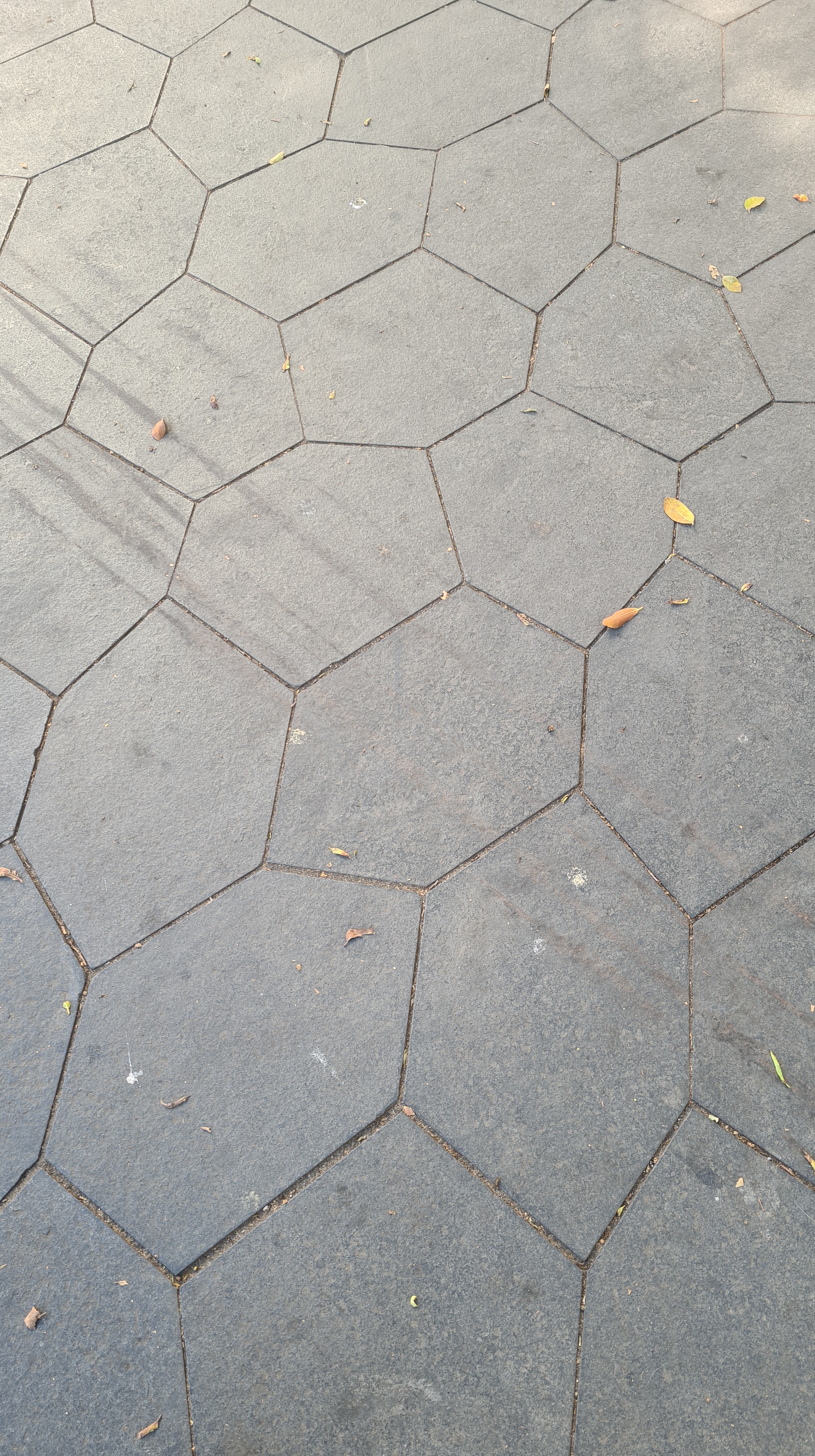
I suppose that most of you have already heard about the first ever aperiodic planar tiling with one type of tiles. It was discovered by David Smith, Joseph Samuel Myers, Craig S. Kaplan, and Chaim Goodman-Strauss. Amazing!!!
Update (May 30, 2023): The same team moved on to another breakthrough! the paper is A Chiral aperiodic monotile. (More details on the Aperiodical.)
Here are excellent blogposts from Complex Projective 4-Space and from the Aperiodical. Update: A beautiful and informative GLL post.
An aperiodic monotile
by David Smith, Joseph Samuel Myers, Craig S. Kaplan, and Chaim Goodman-Strauss
Abstract: A longstanding open problem asks for an aperiodic monotile, also known as an “einstein”: a shape that admits tilings of the plane, but never periodic tilings. We answer this problem for topological disk tiles by exhibiting a continuum of combinatorially equivalent aperiodic polygons. We first show that a representative example, the “hat” polykite, can form clusters called “metatiles”, for which substitution rules can be defined. Because the metatiles admit tilings of the plane, so too does the hat. We then prove that generic members of our continuum of polygons are aperiodic, through a new kind of geometric incommensurability argument. Separately, we give a combinatorial, computer-assisted proof that the hat must form hierarchical — and hence aperiodic — tilings.

Comments:
The new paper starts with an interesting historical description. From Hilbert’s Entscheidungsproblem, that led to notions of undecidability, Wang’s 1961 work, and Berger’s 1966 undecidability result that showed that some tiles admit only apriodic tilings. (This required 20426 types of tiles.) Penrose’s famous apreiodic tiling from 1978 consists of just two tiles.
There are lovely related results for the hyperbolic plane starting from the 1974 paper by Boroczky, and later papers by Block and Weinberger, Margulis and Mozes, Goodman-Strauss and others.
Browsing the paper, I could not figure out the status of the question “Can we have aperiodic tiling with convex tiles?” (The answer is negative in the plane, see the comment section.)
Half a year ago Rachel Greenfeld and Terry Tao disproved in the paper “A counterexample to the periodic tiling conjecture,“ the periodic tiling conjecture (Grünbaum-Shephard and Lagarias-Wang) that asserted that any finite subset of a lattice which tiles that lattice by translations, in fact tiles periodically. (Here is a blog post on Terry’s blog about the result and a Quanta Magazine article.)
Update: Here is a link to a very informative twitter thread by Alex Kontorovich

An interesting street tiling near Dizengoff circle, Tel Aviv

Michael Rao’s preprint (https://arxiv.org/abs/1708.00274) is generally believed to settle the question of which convex pentagons tile the plane, and none are aperiodic. Every triangle and quadrilateral tiles periodically, all convex hexagon monotiles are known, and no convex n-gon can tile the plane for n > 6. If you put all that together, you can conclude that a convex polygon can never be aperiodic.
I also found a 2016 paper by Teruhisa Sugimoto https://arxiv.org/abs/1602.06372 .
Is it right? aperiodic monotile is using only reflecting, rotation, traslation transformations of single tile to entire plane but not similarity transfirmations?
ein stein • one stone to rule them all ..
What about the pinwheel tiling of Conway and Radin (1994) ? The tile is a triangle with sides 1,2, 5^{1/2}, one angle is 90 deg, Modulo isometry it paves the plane and it is definitely aperiodic. There is a Wikipedia page dedicated to the pinwheel model. What is so special about this new monotile tiling that the pinwheel is missing ?
The pinwheel is aperiodic, but is not monotile. In other words, there are ways to tile the pinwheel that is periodic.
In contrast, all tilings of the “einstein” are aperiodic.
While it’s impossible to have an aperiodic convex monotile, there are sets of multiple convex tiles that are aperiodic. The smallest such set I know of has three convex tiles, two pentagons and a hexagon, and was derived from the Penrose tiling by Ammann.
I think it might be an open question whether there’s a set of two convex tiles which is aperiodic.
That’s amazing – I’ve been fascinated by aperiodic tilings for years, but I’ve never seen this one before. I think the fact that there are fully convex tile sets might actually be more surprising to me than the discovery of the monotile!
Pingback: A New Tiling | Gödel's Lost Letter and P=NP
Pingback: An aperiodic monotile – SPP 2026
Pingback: 4.4.2023 – G-Point
A new breakthrough by the same team https://arxiv.org/abs/2305.17743
A chiral aperiodic monotile
Pingback: medo de dar nome a minha raiva